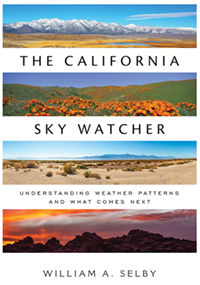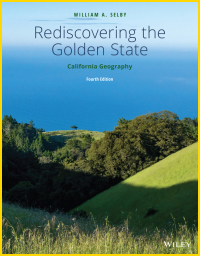
The Cascade Range runs from British Columbia in the north to a terminus that merges gracefulling with the Sierra Nevada south of Mt. Lassen in northern California. The California Cascades are drier and not as thickly forested as their northern counterparts. But they are just as lofty. Mt. Shasta tops out at 14,179, second only to Mt. Rainier, and is larger in volume than all its Cascade cousins.


